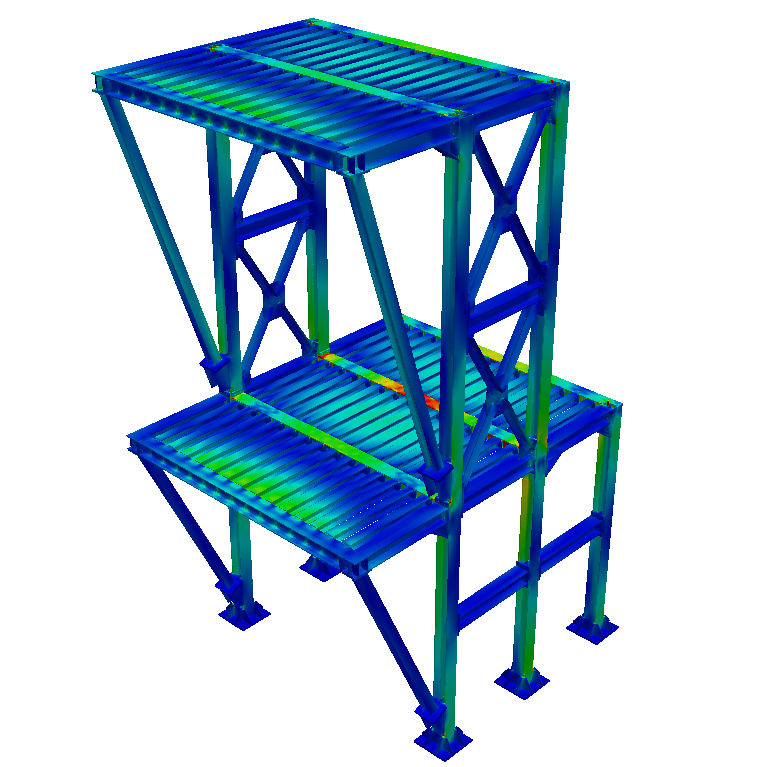Analysis Methods
Engineering Analysis Methods
Engineers use scientific analysis tools to study their designs to gain insight into how well the design will work. It is important to include a safety buffer when designing to ensure the design will work. For example, if you are designing a chair with a load-carrying capacity of 250lbs, it is important to make sure it can support 300lbs in testing to account for any differences between the real world conditions and the simulated conditions. By testing their designs, engineers gain a greater understanding of how their design will perform under different simulated conditions [2]. Depending on the purpose of the design it could be simulated in normal operating conditions, extreme thermal conditions, high vibration, and stress and strain loading [2]. The most common methods of engineering analysis are Finite Element Analysis (FEA) and Computational Fluid Dynamics (CFD). Engineering analysis ultimately allows designs to be optimized before being manufactured which improves the final product and saves money [2].
Structural Analysis of a Coilover [1] |
|---|
| Types of Engineering Analysis Methods | |
|---|---|
References
[1] G Giraldo. "FEA For Beginners." simscale.com. [Online]. Available https://www.simscale.com/blog/2019/05/fea-for-beginners/ [Accessed Mar 8, 2021]
[2] Advice Manufacturing. "Engineering Analysis and Testing." advice-manufacturing.com. [Online]. Available http://www.advice-manufacturing.com/Engineering-Analysis-and-Testing.html [Accessed Mar 8, 2021]
[3] SimScale. "What is CFD? | Computational Fluid Dynamics?" simcale.com [Online]. Available https://www.simscale.com/docs/simwiki/cfd-computational-fluid-dynamics/what-is-cfd-computational-fluid-dynamics/ [Accessed Mar 11, 2021]
Contributors:
| User | Last Update |
|---|---|
| Mayurakhi Khan | 1114 days ago |
| Former user (Deleted) | |
| Former user (Deleted) | |
| Former user (Deleted) |


